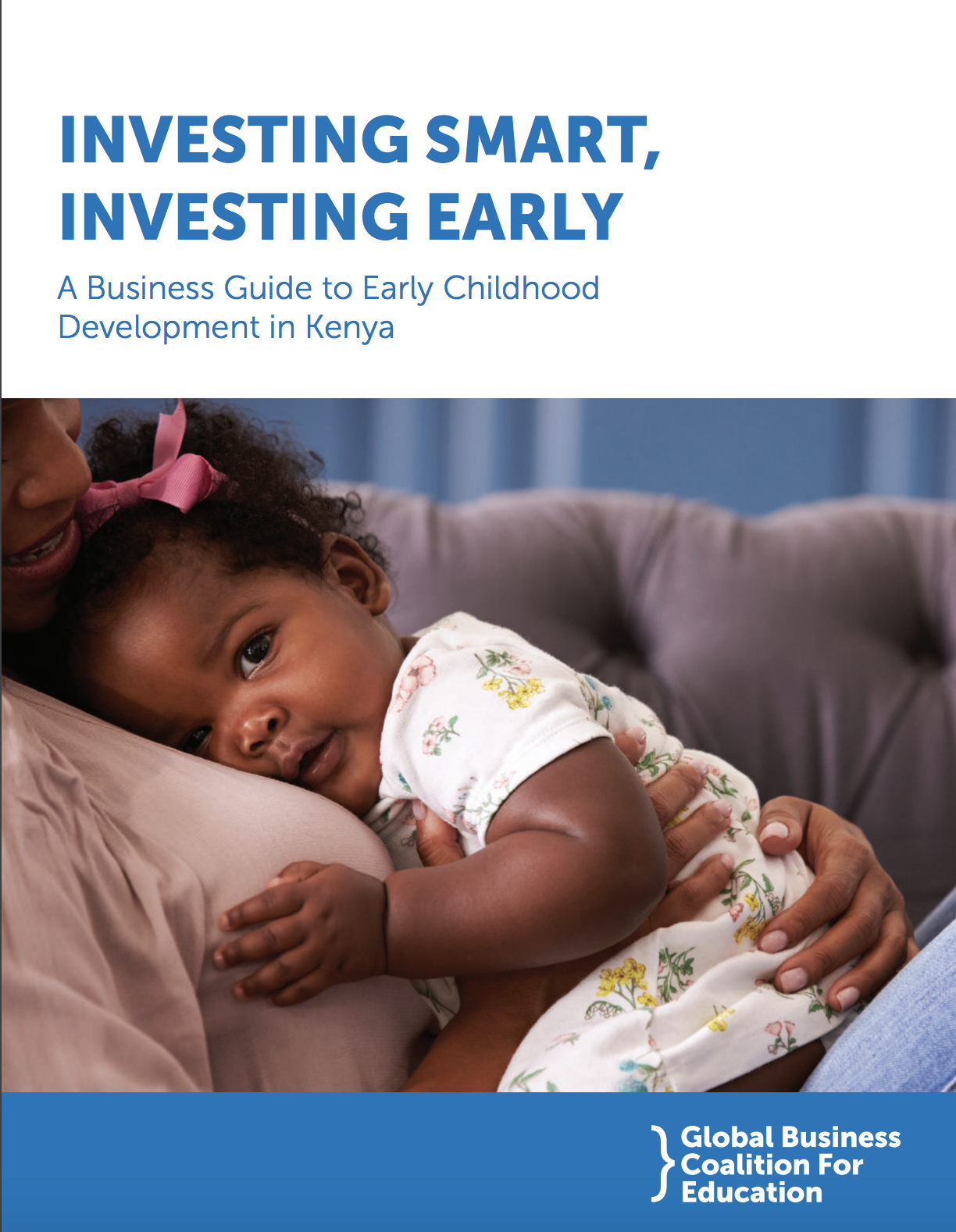
Strategy and Guides
Drawing on innovative finance in the climate sector, where “Green Bonds” have raised more than US$500 billion in funding for sustainability projects throughout the world over the past decade, Education Bonds have the potential to direct new investments and raise greater awareness of Sustainable Development Goal 4 – quality and inclusive education for all.
Today, a quarter of a billion of the world’s young people are currently out of school, and another 600 million are in school but barely learning the basics. Half of the world’s children and youth not achieving basic secondary-level skills needed to thrive in society or even participate in the workforce of 2030.
This discussion memo puts forward a case for establishing Education Bonds that can mobilize new financial resources to close the multi-billion dollar SDG 4 funding gap. Education Bonds could engage actors ranging from multilateral development banks, governments, business, and civil society to increase investments in the future of children and youth throughout the world.
The memo also highlights how the new International Finance Facility for Education (IFFEd) could stimulate a new class of fixed-income instruments focused on investments in education.
Education Bonds could attract capital market funding from a more diverse set of investors by increasing awareness around the issue of the education gap.
For investors, Education Bonds could be a more reliable investment as the proceeds would be tracked throughout their allocation process. For example, a business that issues a Climate Bond currently needs to inform investors how much of its proceeds are being directed toward an environmentally sustainable project, how much has been allocated, etc. Monitoring practices related to Green Bonds have promoted greater transparency from issuers due to reporting requirements – particularly external and third-party evaluations – and a focus on impact, which helps strengthen investors’ assessment of risk and return. The credibility of the MDBs will play a critical role in reassuring markets of the seriousness of the investments and the quality of their preparation. The same would be true for Education Bonds.
Dedicated Education Bonds make it easier for private investors with a particular affinity for education sustainability to make a contribution towards this and the wider goals of SDG 4. Such bonds enable companies and investors to signal to markets and consumers their commitment to sustainability and social issues. Issuers can further cement credibility by committing themselves to a greater degree of scrutiny through disclosure and reporting.
Issuing special bonds for education would have important effects also found in other labeled bonds. In the same way that Green Bonds have helped raise awareness about climate risk, Education Bonds would raise awareness about much-needed investment in education and engage actors to address those challenges. Indeed, the simple structure and story of labeled bonds give a straightforward and compelling option to change the way investors engage and measure their impact.
Since issuing its first Green Bonds in 2008, the World Bank has raised over $13 billion to support its climate projects throughout the world. In 2017, more than USD$155 billion in Green Bonds were issued by a range of actors – including governments, multilateral development banks, businesses, and other financial institutions. In 2018, Green Bond issuance surpassed USD$180 billion. (Source: OECD)
This discussion memo is a joint publication by the Global Business Coalition for Education and the Education Commission. It also benefited from inputs from individuals at the World Bank and UBS.
Strategy and Guides
